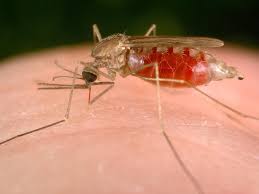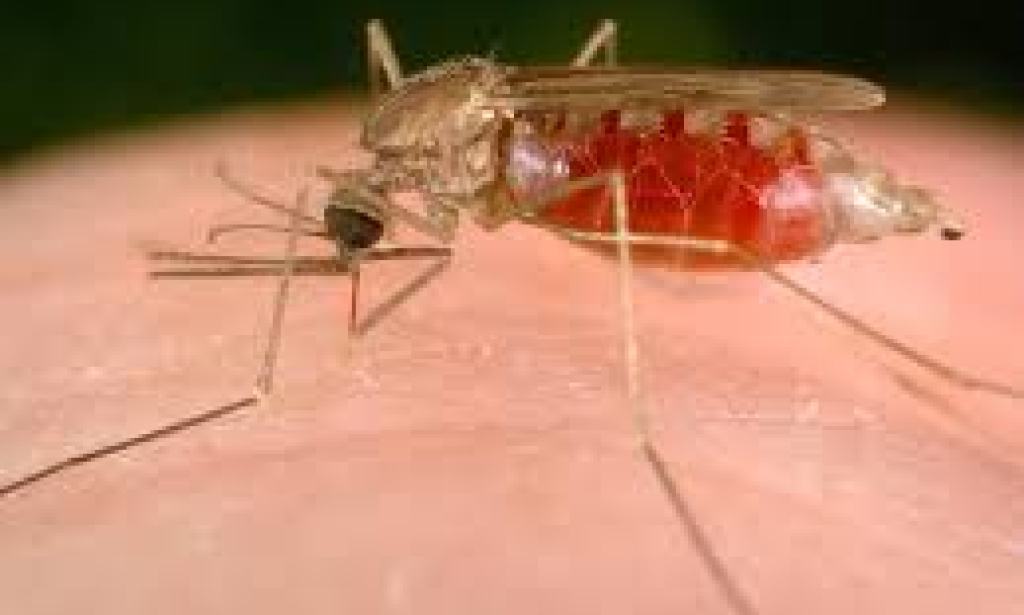Introduction
Malaria, a disease that has afflicted humanity for decades, is a major worldwide health concern, particularly in tropical and subtropical countries. While the Plasmodium parasite causes the disease, it is mostly transmitted through the bites of infected mosquitoes, known as vectors. Understanding these carriers is critical to establishing effective malaria prevention and control techniques.
Core areas
a) Anopheles mosquitoes
Malaria is mostly transmitted by female Anopheles mosquitoes. These mosquitos like to feed on blood, that is required for the formation of eggs. While there are more than 300 Anopheles mosquito species, only about 30-40 are effective for transmitting malaria. These species are most commonly found in malaria-endemic areas, with varied levels of ability to transmit malaria and biting behaviours.

b) life cycle
Anopheles mosquitos have a life cycle that includes eggs, larvae, pupae, and adult stages. An adult female mosquitoes play a part for spreading malaria because they need a blood meal to lay eggs. When infected by Plasmodium parasite, they spread the disease to people through repeated blood feeds.
Factors affecting transmission
a) Environmental conditions.
Anopheles mosquitoes flourish in warm and humid locations with ideal breeding grounds, for instance stagnant water bodies, swamps, and containers. The climate, distribution of rainfall, and land use are all important factors that influence mosquito numbers hence the spread of malaria dynamics.
b) Malaria control measures
Typically include Long lasting insecticide-treated nets (ITN), indoor residual spraying (IRS), larval habitat management, and alteration. However, mosquito species diversity, pesticide resistance, and involvement from communities all have an impact on how effective these strategies are.
Emerging challenges:
a) Pecticide Resistance: One of the most significant issues in malaria management is the rise of pecticide-resistant mosquitoes like Anopheles Stephensi vector. Excessive usage of Pesticides in vector control campaigns has resulted in the emergence of mosquito resistance, lowering the effectiveness of this methods.
b) Climate change: Is affecting the distribution and behaviour of Anopheles mosquitos, possibly increasing the area of distribution of malaria transmission. Rising temperatures and variations in precipitation patterns can promote mosquito breeding and expedite the malaria transmission cycle.
Conclusion
Malaria vector carriers, specifically Anopheles mosquitos, play an important role in disease transmission. Understanding their ecology, biology and behaviour is critical for creating long-term malaria control methods. Addressing developing issues like pesticide resistance and climate change necessitates a multidisciplinary strategy that includes research, surveillance, and community participation. By focusing on the vectors, we can get closer to attaining our ultimate aim of malaria elimination.

You must be logged in to post a comment.